Peng Ouyang
Transformer with Bidirectional Decoder for Speech Recognition
Aug 11, 2020Abstract:Attention-based models have made tremendous progress on end-to-end automatic speech recognition(ASR) recently. However, the conventional transformer-based approaches usually generate the sequence results token by token from left to right, leaving the right-to-left contexts unexploited. In this work, we introduce a bidirectional speech transformer to utilize the different directional contexts simultaneously. Specifically, the outputs of our proposed transformer include a left-to-right target, and a right-to-left target. In inference stage, we use the introduced bidirectional beam search method, which can not only generate left-to-right candidates but also generate right-to-left candidates, and determine the best hypothesis by the score. To demonstrate our proposed speech transformer with a bidirectional decoder(STBD), we conduct extensive experiments on the AISHELL-1 dataset. The results of experiments show that STBD achieves a 3.6\% relative CER reduction(CERR) over the unidirectional speech transformer baseline. Besides, the strongest model in this paper called STBD-Big can achieve 6.64\% CER on the test set, without language model rescoring and any extra data augmentation strategies.
THUEE system description for NIST 2019 SRE CTS Challenge
Dec 25, 2019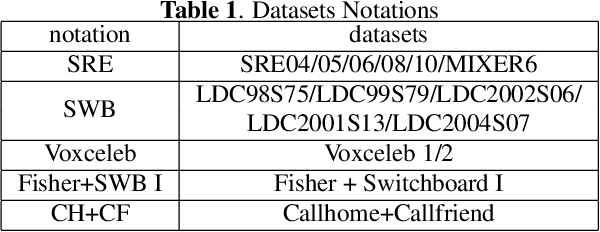
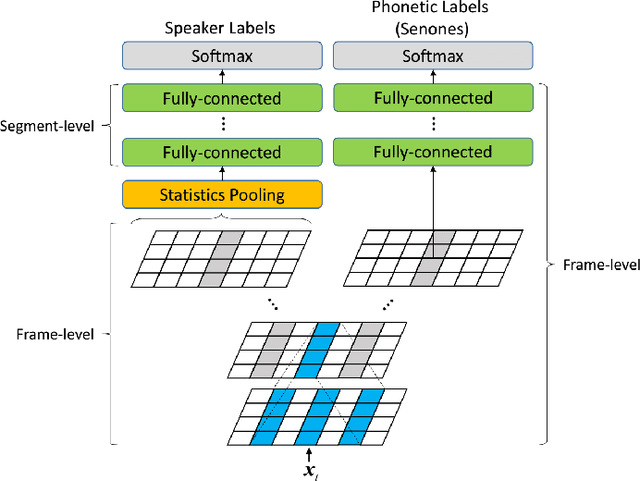
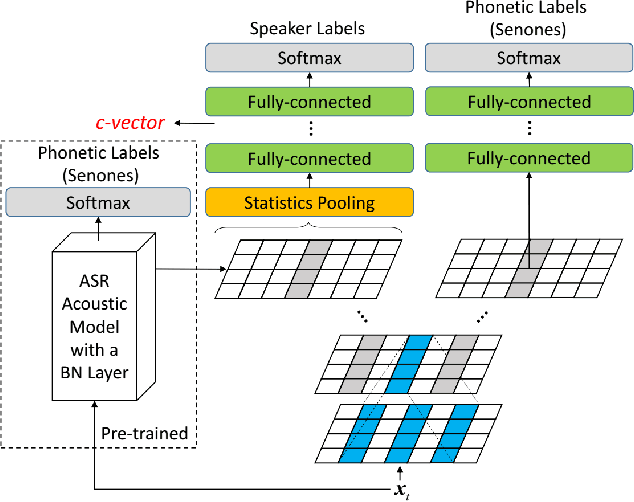
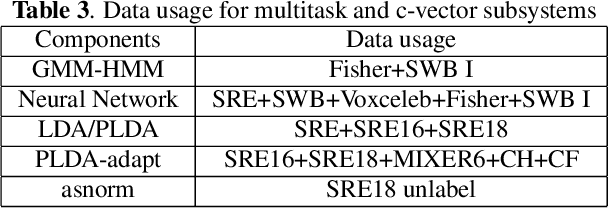
Abstract:This paper describes the systems submitted by the department of electronic engineering, institute of microelectronics of Tsinghua university and TsingMicro Co. Ltd. (THUEE) to the NIST 2019 speaker recognition evaluation CTS challenge. Six subsystems, including etdnn/ams, ftdnn/as, eftdnn/ams, resnet, multitask and c-vector are developed in this evaluation.
Small-footprint Keyword Spotting with Graph Convolutional Network
Dec 11, 2019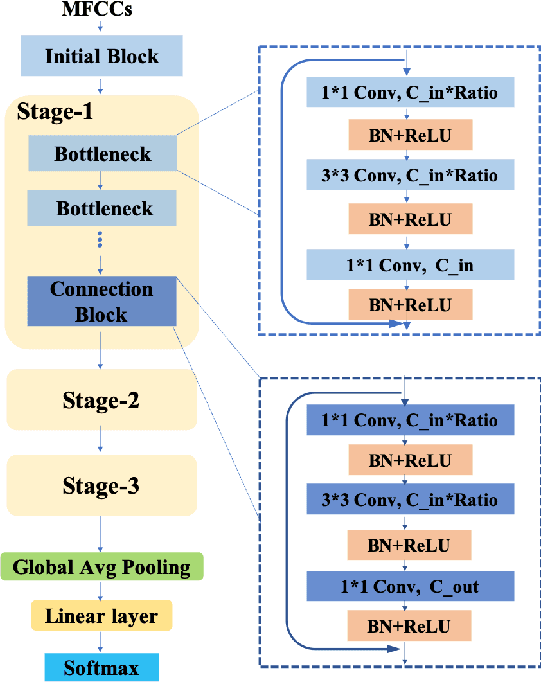

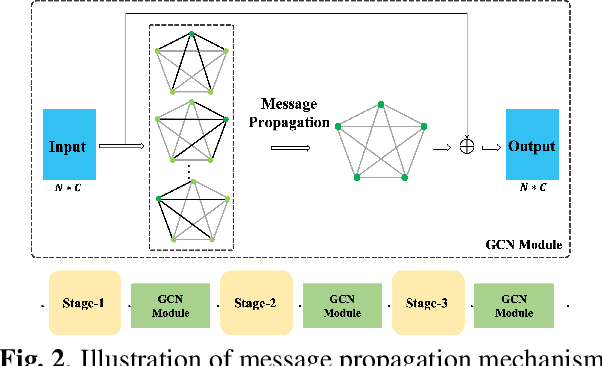
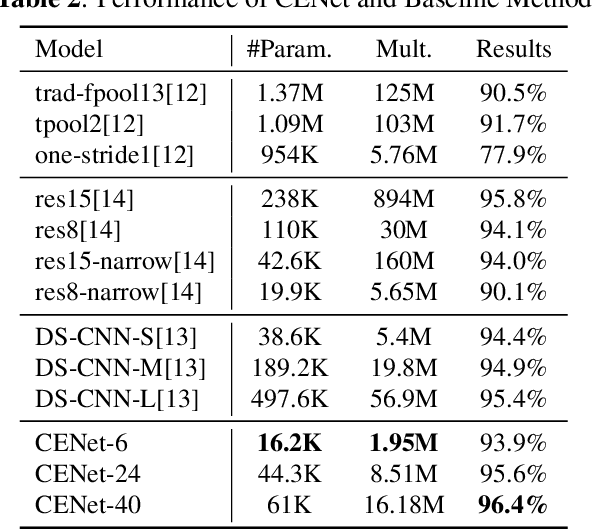
Abstract:Despite the recent successes of deep neural networks, it remains challenging to achieve high precision keyword spotting task (KWS) on resource-constrained devices. In this study, we propose a novel context-aware and compact architecture for keyword spotting task. Based on residual connection and bottleneck structure, we design a compact and efficient network for KWS task. To leverage the long range dependencies and global context of the convolutional feature maps, the graph convolutional network is introduced to encode the non-local relations. By evaluated on the Google Speech Command Dataset, the proposed method achieves state-of-the-art performance and outperforms the prior works by a large margin with lower computational cost.
 Add to Chrome
Add to Chrome Add to Firefox
Add to Firefox Add to Edge
Add to Edge